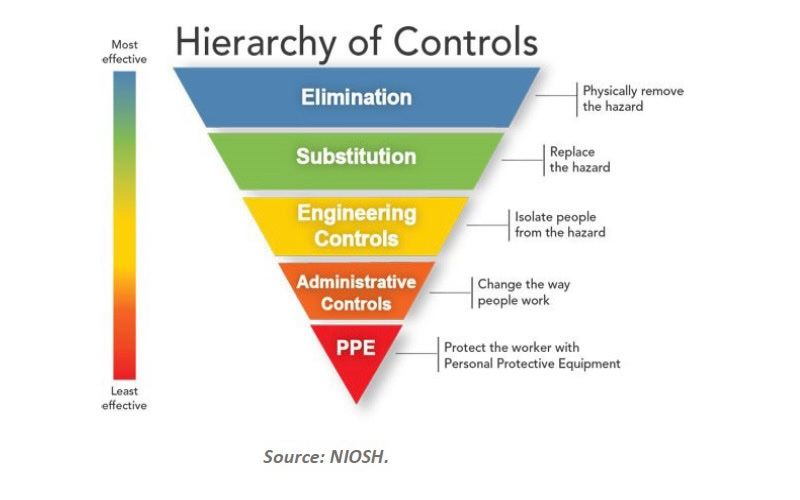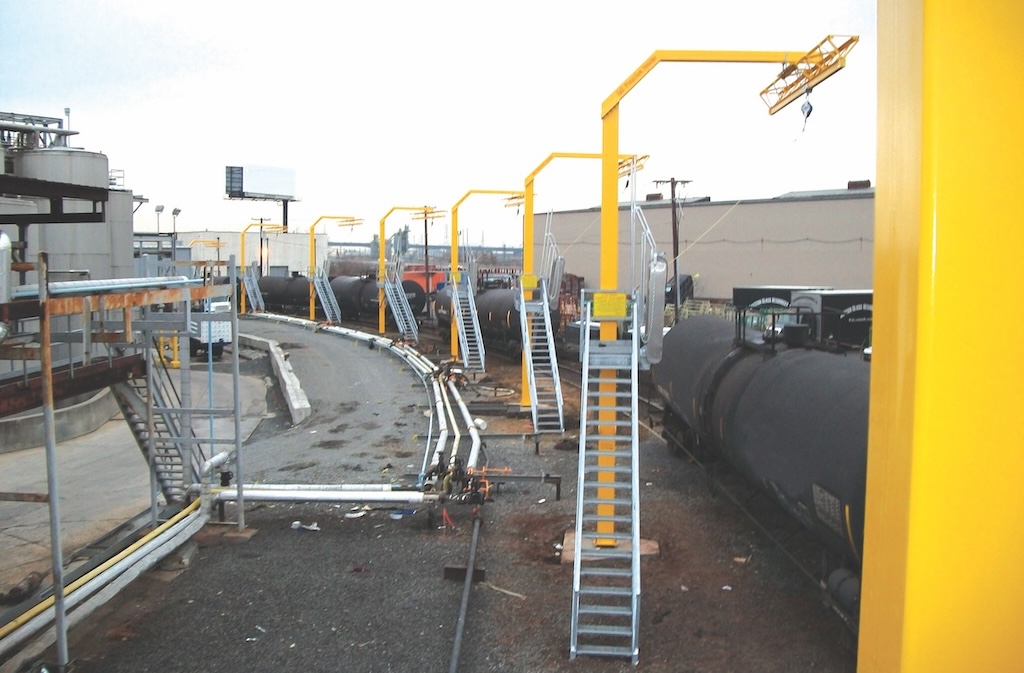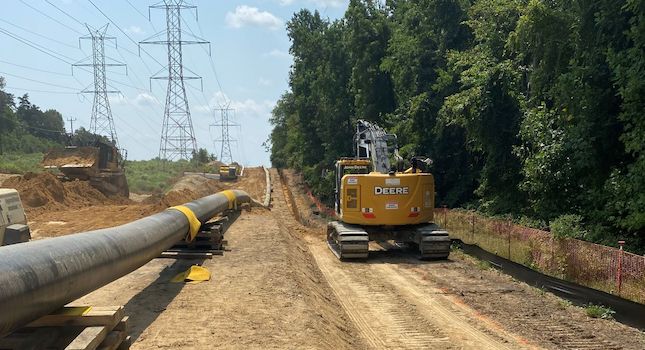As U.S. manufacturers respond to the immediate challenges posed by the current high price of natural gas and transportation fuels, another, longer-term energy crisis looms. America’s demand for electricity is projected to rise by more than 40% over the next 25 years as the country’s population and economy grow.
As U.S. manufacturers respond to the immediate challenges posed by the current high price of natural gas and transportation fuels, another, longer-term energy crisis looms.
America’s demand for electricity is projected to rise by more than 40% over the next 25 years as the country’s population and economy grow. At the same time, China and other developing nations will compete vigorously for global oil and gas supplies, even as short-sighted policies threaten U.S. access to its own domestic energy resources.
Given this daunting economic forecast, manufacturers have an obvious and pressing need for a reliable, affordable and environmentally responsible source of energy, especially one that can provide new baseload electricity production. Fortunately, such a source already exists: nuclear power.
Nuclear power is gaining newfound appreciation as a key to America’s future energy security. The National Association of Manufacturers strongly supports its expansion as part of a robust and diverse energy mix.
Nuclear power currently accounts for about one-fifth of America’s electricity generation, produced at 103 commercial reactors in 31 states. Rocked by the public reaction to the Three Mile Island accident in 1979, the commercial nuclear power industry has struggled in recent decades, with the last plant coming on line a decade ago in Tennessee.
But as America’s energy crisis intensifies — and technological advances ensure the safety of nuclear power — prospects for a nuclear renaissance have brightened. The 2005 Energy Policy Act included several provisions to stimulate investment in nuclear power plants, most notably production tax credits for new plants and loan guarantees the use of emission-reducing technology.
“It is no longer a matter of debate whether there will be new nuclear plants in the industry’s future,” Fitch Ratings commented in a March 2006 report, reflecting the improved investment climate. “Now, the discussion has shifted to predictions of how many, where and when.”
Benefits for manufacturers
For manufacturers, nuclear power is particularly desirable because it can replace natural gas in the production of baseline electricity. This substitution allows a more efficient use of natural gas as a feed stock and to address peak demand, while preserving petroleum products’ use for transportation fuel.
Environmental concerns are also contributing to the new acceptance of nuclear energy. Nuclear power is emissions free, producing none of the carbon dioxide blamed for global warming. Indeed, Patrick Moore, a founder of the environmentalist group Greenpeace, has emerged as a leading nuclear spokesman.
“Nuclear energy is the only large-scale, cost-effective energy source that can reduce (greenhouse gas) emissions while continuing to satisfy a growing demand for power,” Moore wrote recently in the Washington Post. “And these days it can do so safely.”
Admittedly the U.S. has a long way to go. For nuclear energy to maintain even its current 20% share of U.S. electricity supply, 40 to 50 new large plants must be built during the next quarter-century.
Meanwhile, America’s global competitors grasp nuclear power’s potential. Last year Beijing announced plans to build 30 new reactors, and India seeks to increase its nuclear power production one-hundred-fold by the year 2050. France remains a world leader, producing about 80% of its electricity through nuclear power and even exporting $33 billion worth of energy a year.
If the U.S is to compete effectively, we must look at a “fast track” licensing process that allows construction of several plants using the same blueprints and technology. Approval for a new plant could proceed quickly for another site if the plant were, essentially, the same model.
The waste issue, a legitimate concern, can be addressed on a rational basis through use of the Yucca Mountain Repository in Nevada and continued research and development of processing and disposal technologies.
The U.S. has a choice to make as it faces its future energy needs: accept a darker, less prosperous future defined by limited supply, or pursue diverse sources of power, including nuclear energy.



